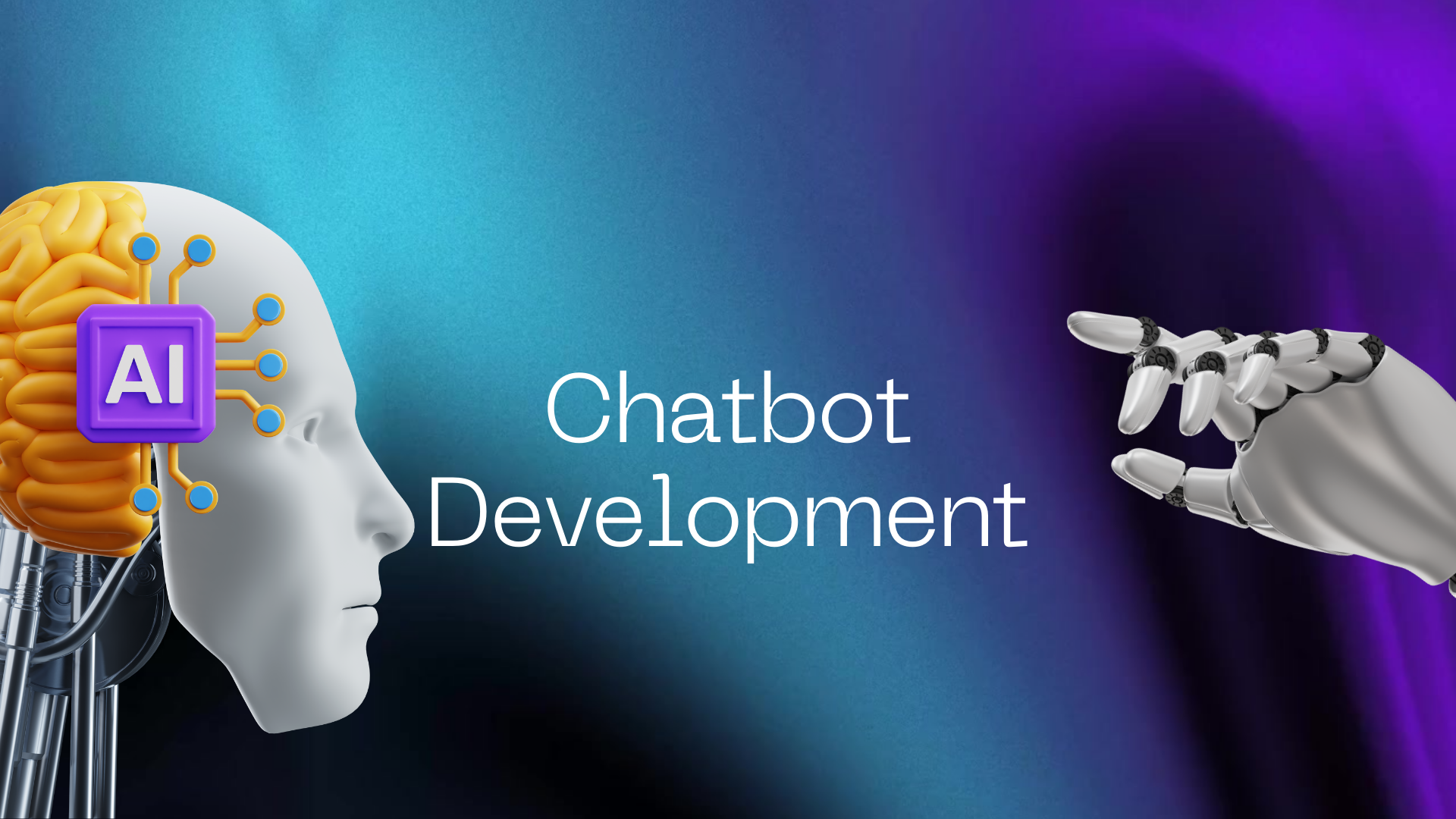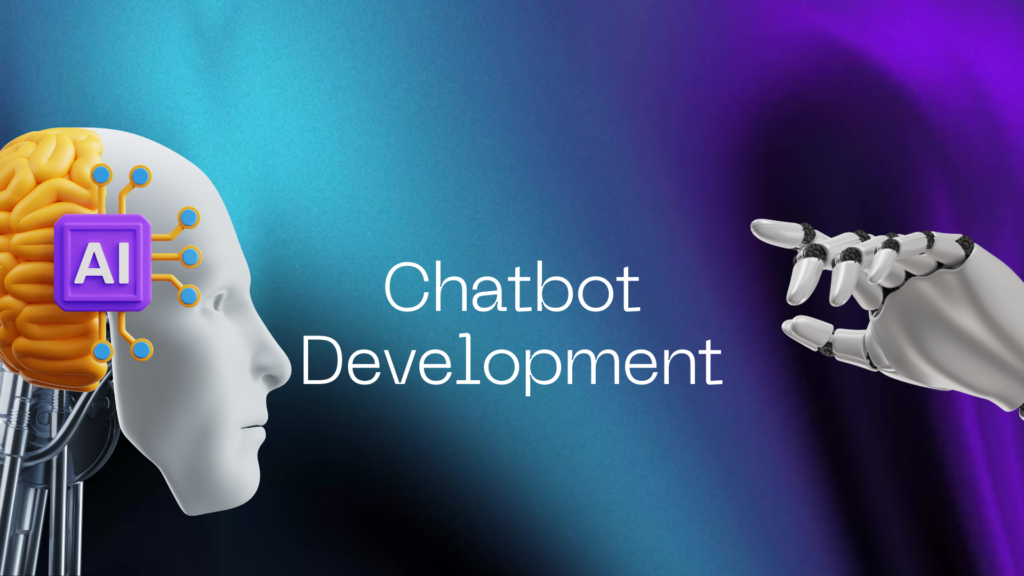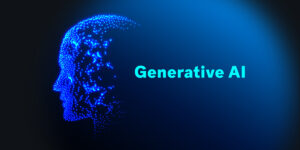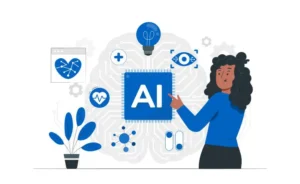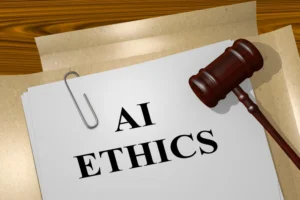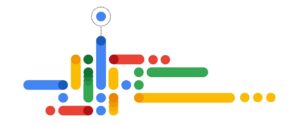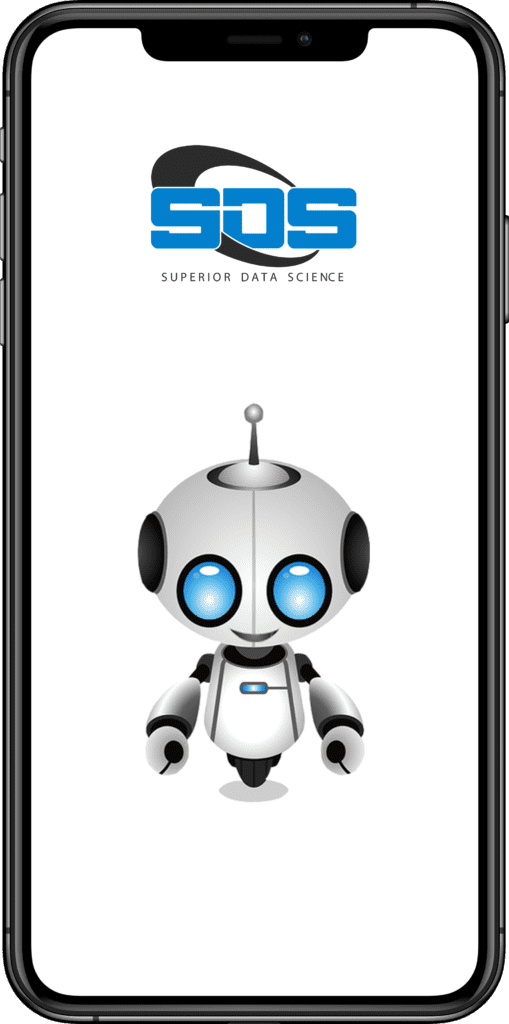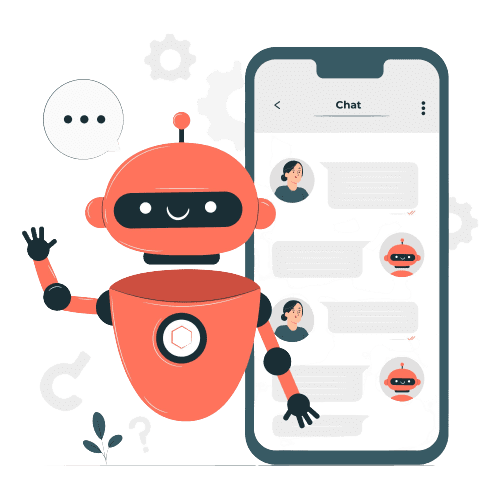In our rapidly evolving digital landscape, chatbots have become indispensable tools for businesses seeking to enhance customer service, streamline operations, and engage with users effectively. However, the effectiveness of a chatbot hinges on its ability to understand and respond intelligently to user queries. So, how do we teach the bot to perform these tasks seamlessly? In this blog post, we will delve into the intricacies of how do we teach the bot, exploring the methodologies and technologies behind imparting knowledge to these virtual assistants.
The Foundation of Chatbot Learning: Natural Language Processing (NLP):
At the heart of chatbot education lies how do we teach the bot, particularly through Natural Language Processing (NLP), a subset of artificial intelligence dedicated to the understanding and interpretation of human language. NLP equips chatbots with the fundamental ability to comprehend user input. Here’s how it works:
1. Tokenization:
Tokenization is a vital stage in the chatbot development life cycle. It is the process of breaking down sentences or phrases into individual words or tokens. This step helps chatbots understand the structure of the text, making it easier to analyze and extract meaning from it.
2. Part-of-Speech Tagging:
Part-of-speech tagging is an integral part of the chatbot development life cycle. It assigns grammatical tags (such as nouns, verbs, adjectives, etc.) to each token. This helps the chatbot identify the role each word plays in a sentence, aiding in understanding context.
3. Dependency Parsing:
Dependency parsing is one of the essential skills required for chatbot development. It establishes relationships between words in a sentence, creating a tree-like structure. This structure helps chatbots grasp the context and meaning of the message by illustrating how words relate to one another.
4. Named Entity Recognition (NER):
NER (Named Entity Recognition) is among the critical skills required for chatbot development. It enables chatbots to identify specific entities mentioned in the text, such as names, dates, locations, and more. This is crucial for providing contextually relevant responses.
Supervised Learning: Training the Chatbot:
ChatBot Development Group Inc employs one of the most common methods for teaching a chatbot, which is through supervised learning. In this approach, human trainers provide the chatbot with a dataset containing pairs of user inputs and corresponding correct responses. The chatbot uses this dataset to learn patterns and associations between different phrases and their appropriate responses. The process involves several steps:
1. Data Collection:
To develop chatbots, human trainers gather a diverse set of user queries and their correct responses. This dataset forms the foundation for training the chatbot.
2. Data Annotation:
In the process to develop chatbots, the collected data is annotated, with trainers specifying the intent or category of each user query and providing the corresponding response.
3. Model Training:
As part of the chatbot development life cycle, the chatbot’s NLP model is trained using the annotated dataset. It learns to recognize patterns, associations, and the context in which specific responses are appropriate.
4. Evaluation and Fine-Tuning:
In the chatbot development life cycle, after training, the chatbot is evaluated using a separate dataset to assess its performance. Fine-tuning is done to improve its accuracy and responsiveness.
Reinforcement Learning: Chatbots that Learn from Experience:
1. Reward-Based System:
In reinforcement learning, the chatbot receives rewards or penalties based on the quality of its responses. Positive feedback leads to rewards, while negative feedback results in penalties.
2. Trial and Error:
Within the realm of skills required for chatbot development, chatbots explore different response strategies through trial and error. Over time, they learn which responses yield positive results and refine their behavior accordingly.
3. Continuous Learning:
In the journey to develop chatbots, reinforcement learning enables chatbots to continuously improve their responses by learning from each interaction. This makes them more adaptable and capable of handling a wide range of user queries.
Transfer Learning: Leveraging Existing Knowledge:
1. Efficiency:
By starting with a pre-trained model, chatbots can quickly adapt to new tasks without the need for extensive supervised training.
2. Domain-Specific Knowledge:
In the realm of develop chatbots, chatbots can be fine-tuned with domain-specific data to make them highly specialized in certain areas, such as customer support, healthcare, or finance.
3. Improved Performance:
In the context of skills required for chatbot development, transfer learning often results in chatbots that perform better out of the box, as they have already learned a great deal about language and context from the pre-training phase.
Continuous Learning: Adapting to Evolving Needs:
To develop chatbots that remain relevant and effective, it’s essential to recognize that they are not static entities; they continue to learn and evolve. Continuous learning is crucial for keeping chatbots up-to-date and capable of handling new trends, queries, and language variations. This ongoing process involves:
1. Data Updates:
Chatbots are regularly updated with new datasets containing the latest user queries and responses. This helps them stay current and relevant.
2. Feedback Integration:
User feedback, a vital component in the realm of skills required for chatbot development, plays a crucial role in chatbot improvement. It is collected and analyzed to identify areas where the chatbot may misinterpret or fail to understand user intent.
3. Algorithm Enhancements:
Based on user feedback and changing trends, the strategies used to develop chatbots include enhancing chatbot algorithms to improve their performance and adaptability.
Conclusion:
In the chatbot development life cycle, teaching a chatbot becomes a multifaceted process that combines the power of NLP, supervised learning, reinforcement learning, transfer learning, and continuous learning. These methodologies and technologies work in harmony to impart knowledge and intelligence to chatbots, enabling them to understand user queries, provide meaningful responses, and adapt to evolving needs. As chatbot technology continues to advance within the chatbot development life cycle, we can expect even more sophisticated and responsive virtual assistants that cater to a wide range of user interactions and domains.



